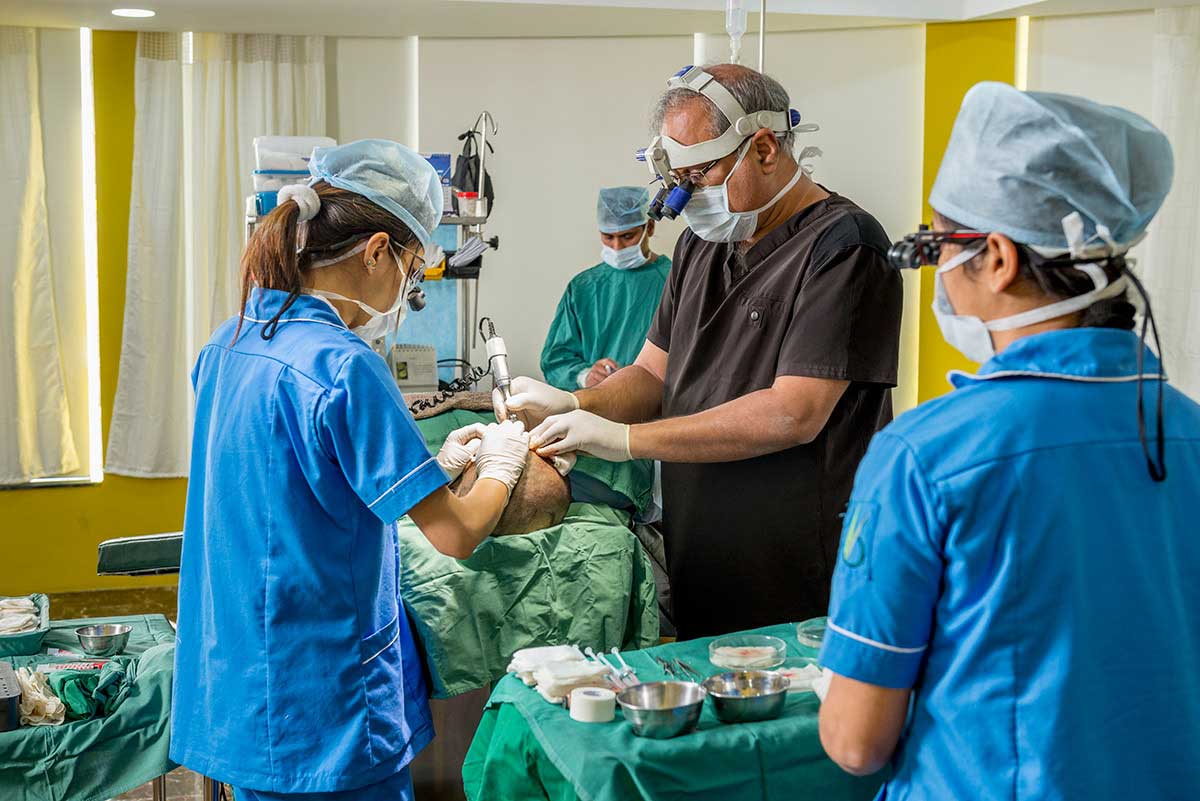Fatty Liver Disease & Hair Loss: A Deep Dive for Hair Transplant & Hair Loss Treatment
“The best graft is the one that doesn’t need to be transplanted.”

Introduction
Watch: Hair Loss & Fatty Liver
Hair loss (alopecia, androgenetic alopecia, alopecia areata) and hair transplant are frequent search terms among patients seeking solutions. What many do not immediately link: liver health, particularly fatty liver disease (also called NAFLD or in newer nomenclature, MAFLD). Emerging evidence suggests that fatty liver disease is not just a comorbidity — it can be a root contributor to treatment-refractory hair loss. For hair transplant surgeons, trichologists, and patients, understanding this link is essential to designing effective, sustainable hair loss treatment protocols.
https://onlinelibrary.wiley.com/doi/10.1111/jocd.15754?utm_source=chatgpt.com
What the Recent Research Shows
A case-control study (Iran) involving patients with alopecia universalis (AU) and patchy alopecia areata (PAA) found higher prevalence of fatty liver among AU (≈ 40.6%) and PAA (≈ 34.4%) vs controls (≈ 21.9%) upon ultrasound assessment.
In men aged 25-55, another study (Rasht, Iran) compared those with and without androgenetic alopecia. It found that 77.1% of men with androgenetic alopecia had fatty liver vs 58.6% in those without. The difference was statistically significant (p = 0.019).
https://jbums.org/article-1-9120-en.pdf?utm_source=chatgpt.com
Observational and epidemiological reports link fatty liver disease with systemic inflammation, hormonal imbalance, nutrient deficiencies — all of which are known mechanisms in hair loss.
Mechanisms by Which Fatty Liver Disease May Impair Hair Follicle Function
Hormonal dysregulation: The liver plays a critical role in metabolizing and clearing sex steroids (androgens, estrogens). When liver function is compromised (as in fatty liver disease), androgen levels may rise or estrogen clearance may change, destabilizing the hair growth cycle. This can lead to shorter anagen phases, earlier catagen entry, accelerating pattern hair loss.
Inflammation & oxidative stress: Hepatic steatosis is associated with elevated pro-inflammatory cytokines and reactive oxygen species (ROS). These systemic factors can damage hair follicles, promote miniaturization, increase shedding, and delay recovery.
Micronutrient storage and absorption compromise: The liver stores or helps regulate absorption and bioavailability of iron, zinc, vitamins A, D, B12 among others. Impaired function in fatty liver disease can lead to deficiencies, which are known to contribute to diffuse hair shedding and poorer responses to treatments.
Metabolic syndrome, insulin resistance: Fatty liver is almost synonymous with metabolic dysfunction. Insulin resistance, obesity, dyslipidemia all degrade microvascular health, hormonal balance, and may compromise scalp perfusion, which in turn worsens hair loss or reduces effectiveness of treatments such as hair transplant or medical therapies.
Clinical Implications for Hair Loss Treatment & Hair Transplant
For those offering hair transplant or advanced hair loss treatments:
Screen broadly: For patients presenting with hair loss (especially diffuse, early-onset, or refractory to treatment), include assessment of liver health (liver enzymes, imaging for fatty liver when indicated), metabolic markers (insulin resistance, lipid profile), hormone levels, and micronutrient status.
Manage expectations and treatment plan: If fatty liver is present, treatments purely focusing on local or cosmetic correction (topicals, grafts) may have limited durability unless systemic health is optimized. The graft survival, quality, and rate of new thinning may all depend on underlying metabolic environment.
Lifestyle intervention is foundational: Any hair loss treatment regime (medical, surgical, topical) must incorporate diet, weight reduction, physical activity, moderation of alcohol, attention to inflammation. Without this, you are fighting with one hand tied behind your back.
Integrate nutrition: Ensure that diet and supplement strategies address potential deficiencies (iron, zinc, vitamin D, B12 etc.). Use evidence-based supplementation only under supervision.
Follow-up & monitoring: Reassess liver health and metabolic markers over time, and monitor hair response accordingly. Adjust medical therapy based on improvements or deterioration in systemic health.
In my viewpoint, hair transplant and hair loss treatments must stop being purely reactive, cosmetic endeavours. They should integrate liver health and metabolic fitness from day-one. Because when you restore systemic health, you reduce the need for repeated grafts, and improve both efficacy and longevity of every intervention. The best graft is the one you never really needed — but when you do need it, it thrives.


